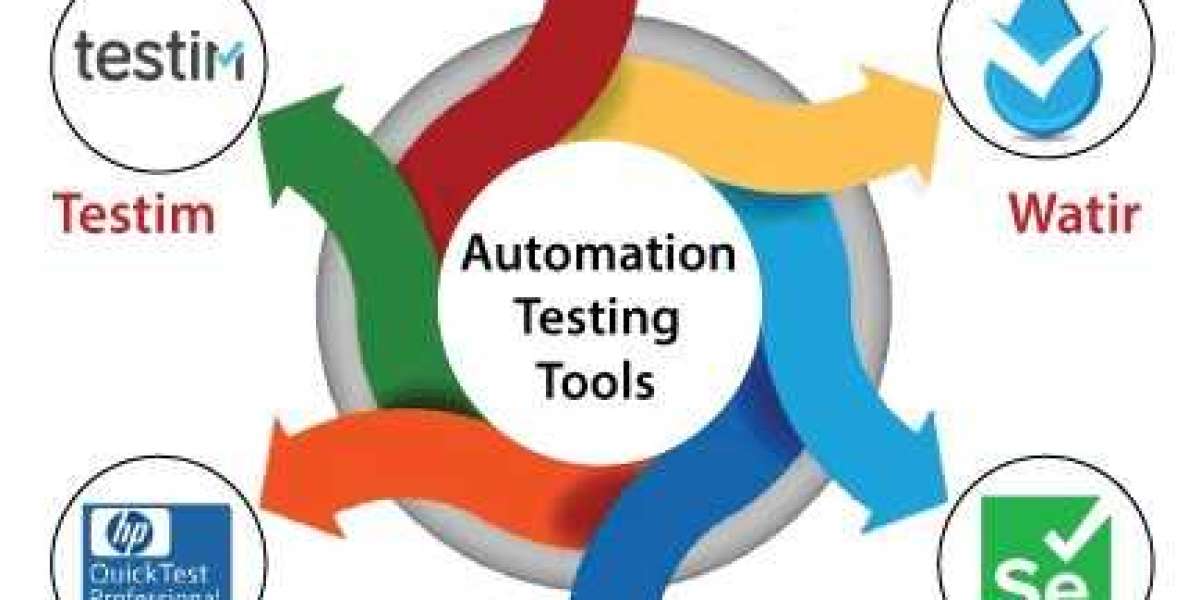Automated Testing Tools: Definition and 5 Best Ones
Are you familiar with the term “automated testing tools?” If you’re not, you’ve definitely come to the right place. In this post, we’ll define automated testing tools, explain why test automation is a worthwhile investment for tech organizations, and share some tips on how to choose the automated testing tools that’s best for you, listing five tools worth your time. But what’s exactly is a software testing tool?
A automation testing tool is a tool that helps teams and organizations automate their software testing needs, reducing the need for human intervention and thus achieving greater speed, reliability, and efficiency. There’s more to it than that, though. We’ll start by turning the classical “what-why” structure on its head, by explaining the reasons why test automation is so important. After that, we’ll give you a broad definition of test automation. Then, we’ll proceed to define a automation testing tool, explaining their use cases and how they fit into the whole test automation scenario, making the process easier.
We’ll explain who should be responsible for test automation in a modern organization—the answer might surprise you!—and also show some of the ways in which you can categorize the different automated testing tools available. Finally, we’ll show you a few different options of automated testing tools, equipping you to make an informed decision. Before wrapping up, we share some tips on how to choose the best tool for you.
Automate All That’s Automatable: The “Why” of a software testing tool
I have a small confession to make: as a software developer, I have a strong dislike for the word “coder.” I mean, sure, we write code in our jobs. But writing code is more a means to an end than the end itself. Instead of “someone who writes code for a living”, a better description of a software developer would be “someone who employs automation to solve problems as efficiently as possible.” I know, now you’re wondering what this seemingly random digression is all about, but it’s going to make sense soon.
Here’s the thing: developers have long ago figured out that, since their (our) jobs consist of automating all kinds of process, they could do the same to the software development processes itself. Why not automate your app’s build process? Why not go a step further and automate the whole packaging of the product? Heck, why not go even further than that and automate the deploy to final users? The answer to all the questions above was an obvious “Let’s do it!”. Modern software development relies heavily on automation, on all fronts, from analyzing source code looking for mistakes to testing to the already mentioned build, packaging, and deploy process. That’s the scenario where a automation testing tool becomes relevant. But as this post title already asked, what is a automation testing tool? In this post, we’ll answer the title question and more.
Defining Test Automation
We could easily define test automation as “the automation of test-related activities.” It’d be easy, quick and insufficient. Such a definition would be shallow unless we first define automation itself. And what’s automation?
We could define automation as the technique of performing tasks without human intervention. The justification for doing so is to achieve speed and efficiency levels that greatly surpass those of human beings. Also, in most cases, you’ll apply automation to tasks that are repetitive. As such, they can be extremely error-prone when performed by people. Ok, that’s a passable definition of automation. In light of that definition, let’s now try to rephrase our first, insufficient definition of test automation:
1.Test automation is the process of performing software testing activities with little or no human interaction, in order to achieve greater speed and efficiency.
2.When putting a test automation strategy in place, it’s important for you to remember that usually, the automated part is the running of the tests. Before you’re able to execute your test cases, you first have to create them using some process. This might mean writing code. Or it might mean performing a task while using a window and recording it.
3.Test automation is a broad topic. There is a wide range of techniques and—you’ve guessed it—tools at your disposal.
4.Speaking of tools, that’s exactly what we’re going to cover on the next section.
Defining Automated Testing Tools
Since we’ve already defined both “automation” and then “test automation”, it doesn’t look like defining automation testing tool is going to be a lot of trouble for us. Here it goes: A automation testing tool is a piece of software that enables people to define software testing tasks, that are afterwards run with as little human interaction as possible.
Again, it’s important to understand that there are a plethora of different types of automated testing tools available. They might differ in the types of application they test (web, desktop, mobile), in the way the test cases are set up (by writing code using a scripting language, writing code in a full programming language, recording steps performed using a GUI) in their licenses (free, freemium, commercial) and many other factors.


